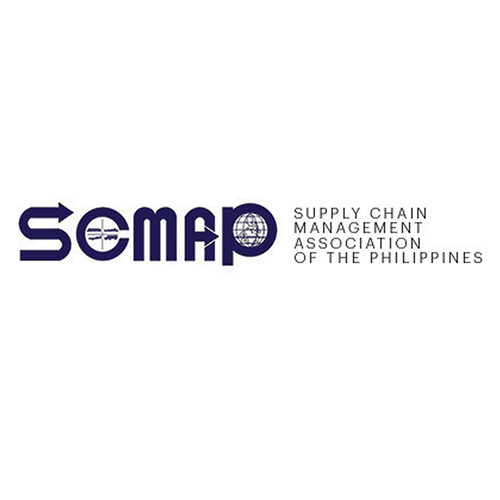Proposals to split the regulatory and commercial functions of the Philippine Ports Authority, the government’s lead port administrator, have been bounced around for many years now. I recall this was a major thrust of the National Logistics Master Plan drafted by the Department of Trade and Industry roughly five years ago, as well as the Philippine Multimodal Transportation and Logistics Roadmap spearheaded by the private sector around the same time.
It seems the proposal has some considerable support among stakeholders, and for good reason. There is an inherent conflict between the agency’s two major functions. It is tasked to oversee the operation of the country’s seaports, both the ones that it operates and the ones whose day-to-day affairs it has contracted out to the private sector. However, it is currently set up so that it gets a share of profits generated through various port fees. That leads to a conflict of interest within the PPA’s mandate: how can the main regulatory body of an important plank of the Philippines’ transportation network fulfill its duties if it is also tasked to ensure profitability and provide a dividend to the national government? In theory, this could mean cost increases would go up unchecked with little consideration for service levels and port efficiency.
We have observed this tendency whenever we come across petitions for rate increases in Manila’s ports. Now, we are not against the development and modernization of ports. Far from it. We endeavor to see our seaports across the country be well-equipped to serve its primary customers; connect individuals and business across the country, and the country to the world; and lead the way towards sustainable economic growth. Investment in equipment and technology is one way to ensure this. However, we believe this should not mean costs can go up unchecked. Any increase in costs should be justified by a commensurate improvement in service levels, and this must be determined not by the ports, but by the businesses that rely on it. The aforementioned investment must be appropriate to the needs of the port’s customers, and not of the ports themselves.
Instead, we have petitions that amount to “we’d like to charge more because we bought these things and it will make things better,” never mind the fact that the new equipment is not appropriate for the needs and circumstances of those using the ports. Sure, one can argue that disrupting established norms is sometimes needed to improve things in the long run, but we firmly believe in the value of collaboration, and how understanding the needs of all stakeholders would lead to the adoption of processes that are both appropriate for the present and aim firmly at the future. Instead, stakeholders have to adjust – and take on additional costs in the process – and then face higher rates because of the reasons they had to adjust. Who wins?
The recent proposal by Rep. Bernadette Herrera-Dy to spin off the commercial functions of the PPA into a “Philippine Ports Corporation” is one of many such plans laid before the legislature over the years. We are happy to see it back in the agenda, especially now that the role of inter-island supply chains have been emphasized by the pandemic and recent shortages in goods. The split will allow the proposed corporation to focus on its mandate to develop, modernize and make more competitive our ports, and by extension our sea transport sector. It can better integrate feedback from various stakeholders (the law proposed organizations like PCCI, PLSA and SCMAP to be part of the board) and factor them into more sensible and sustainable development thrusts. It can devise sensible metrics that provide better transparency in determining how well a port operates and, critically, how much it can charge.
This focus means PhilPorts will no longer be able to set port rates, more so earn a share from it. Rate-setting responsibilities will go to the Maritime Industry Authority (MARINA), which already has some oversight over shipping lines and freight forwarders. That removes a significant conflict of interest and allows both agencies to focus on their core duties and deliver more for the sea transport sector, the national economy, and the national government. Without the imperative to deliver a profit, Philports can focus on transforming our ports, in recognition of their critical role to our increasing global economy. On the other hand, MARINA can better guarantee that rate adjustments are justified and take into account the perspectives of every port user.
These proposals would go the distance in realizing a long-held vision: a competitive and modern sea transport sector with safety, reliability and cost-effectiveness at its core, one that would bridge our over 7,000 islands and provide greater opportunities for everyone, no matter where they are. We hope that stakeholders are open to this change. When it comes to keeping our supply chain moving across our seas, it’s time to split.
First speakers announced for SCC22: Joining us for the in-person return of the SCMAP Supply Chain Conference are LF Logistics’ Joyce Ramos, Fast Logistics’ Manny Onrejas and ShopSM’s Jayan Dy – and many more to be confirmed soon. Visit scmap.org/events/conference/register to sign up.
Henrik Batallones is the marketing and communications director of SCMAP, and editor-in-chief of its official publication, Supply Chain Philippines. More information about SCMAP is available at scmap.org.
PREVIOUS COLUMN: Sari-sari Logistics
RELATED STORIES: PH logistics roadmap unveiled





